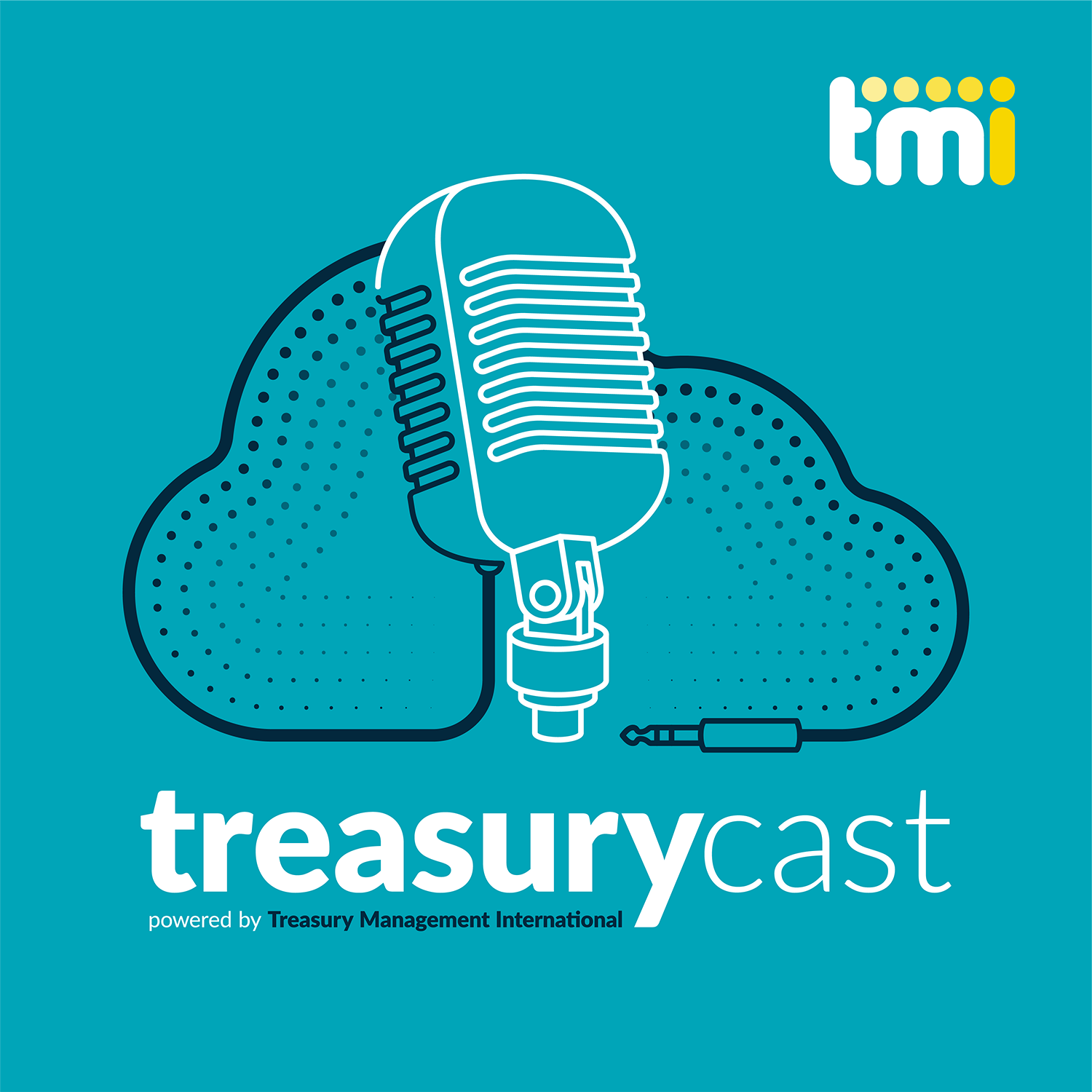New Deutsche Bank research highlights how EM Asian currencies have been assigning a progressively higher weight to the RMB. According to the research by Taimur Baig and Diana Del Rosario:
“What has transpired this week with the RMB is not only seismic relative to the currency’s historical movement, it is also a regime shift that warrants recognition that the currency will be more volatile from now on. As the Chinese authorities allow market forces to play a greater role in determining the value of its currency, precisely at a time when the economy undergoes considerable adjustment and concern about the outlook is heightened, we think it is unlikely that the low currency volatility seen in the past decade will be revisited any time soon.
For the better part of the last decade, the RMB has assigned a weight of nearly 1 to the USD. While it is indeed the case that during this period the RMB has appreciated sizably against the USD, it has continued to trade tightly to the USD on a day-to-day basis. Assuming this is no longer going to hold, and the RMB will be more flexible in both directions, Asian policy makers will have to take note how this rise in volatility would impact their currencies.
We estimate that by and large, all EM Asian currencies have seen their weights to the RMB rise from a decade ago. Not only have the weights risen, they have also risen steadily over time (with the exception of the THB), and the statistical significance of the relationship has tightened.
The weights to RMB range from 0.2 to 0.5. Given the reaction of the regional currencies this week, the weights derived from past data appear to be a fairly good metric for the magnitude of spillover.
Although the importance of the RMB has increased, movement of the USD remains the most important driver of regional currencies. As the dust settles around China’s currency regime shift, the focus will likely revert back to the outlook of the USD.
Is the relative weight to the RMB a function of the respective economy’s trade share vis-à-vis China? A priori, that makes sense, but when we compare both correlation estimates and the derived weights against trade share with China, we don’t find any compelling relationship. Indonesia and South Korea have strong trade linkages with China but the correlations are not particularly high (although the weights are fairly high). Taiwan’s high trade share with China is seen to manifest in high correlation for the TWD-RMB currency pair, but the weight is not particularly high. We think the fact that all currencies have seen their weights to the RMB rise is illustrative of the across-the-board rise in China’s importance in the past decade. Virtually all economies are now a strong beta to trade with China and are susceptible to a variety of spillover risks stemming from the region’s largest economy.”
Read the full report in PDF format:





